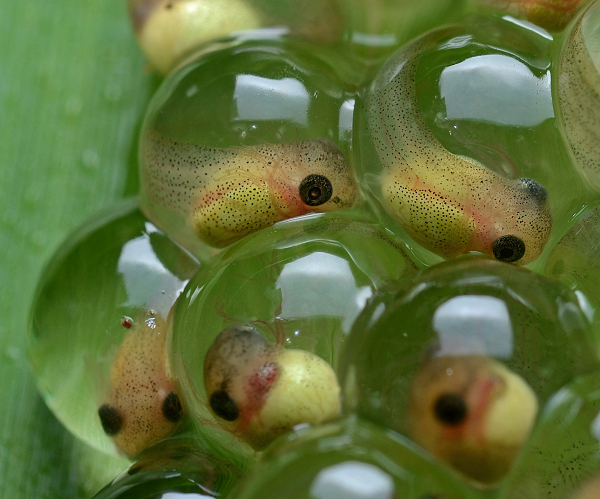-
Tips for becoming a good boxer - November 6, 2020
-
7 expert tips for making your hens night a memorable one - November 6, 2020
-
5 reasons to host your Christmas party on a cruise boat - November 6, 2020
-
What to do when you’re charged with a crime - November 6, 2020
-
Should you get one or multiple dogs? Here’s all you need to know - November 3, 2020
-
A Guide: How to Build Your Very Own Magic Mirror - February 14, 2019
-
Our Top Inspirational Baseball Stars - November 24, 2018
-
Five Tech Tools That Will Help You Turn Your Blog into a Business - November 24, 2018
-
How to Indulge on Vacation without Expanding Your Waist - November 9, 2018
-
5 Strategies for Businesses to Appeal to Today’s Increasingly Mobile-Crazed Customers - November 9, 2018
Tadpole disease ‘threatens world frog populations’
It is not going to endanger humans, but it is going to put the frog populations in peril.
Advertisement
The disease is caused in tadpoles by a micro-organism known as “Protists”.
There is a new infectious disease lurking around in the waters. A tadpole is practically a baby amphibian.
Whether small or large in size, every creature is included in nature’s vast design and eliminating one of them is bound to make some drastic changes to this particular design.
A newly identified tadpole disease is threatening frog populations around the world, scientists have learned. The disease is highly infectious, and, according to predictions, can decimate frog populations if left unchecked.
The British study, which was published earlier this week in the Proceedings of the National Academy of Sciences Journal, focuses on the parasitic disease caused by single-celled microbes. If we allow this new microbe to roam free we are simply encouraging the frogs’ extinction.
“Global frog populations are suffering serious declines and infectious disease has been shown to be a significant factor”, said Thomas Richards of Exeter University, who co-led the study.
The current global “frog situation” is not an appealing one by any means. In 2008, 32 percent of frog species were categorized as threatened or extinct while 42 percent were listed as in decline, according to Chinese news site YIBADA. Probably the first thing that we would observe would be a rise in insect populations, since frogs are important predators of a wide range of insect species. Some researchers stated decreasing numbers of amphibians and other animals could indicate our planet is engaged in a sixth “mass extinction event”, with extinctions occurring at such a rapid rate they are eerily similar to the reduction and then eventual death of dinosaurs in a mere 250 years.
Advertisement
Further studies need to be conducted in order to see how this microbe spreads across different species of frogs.




























